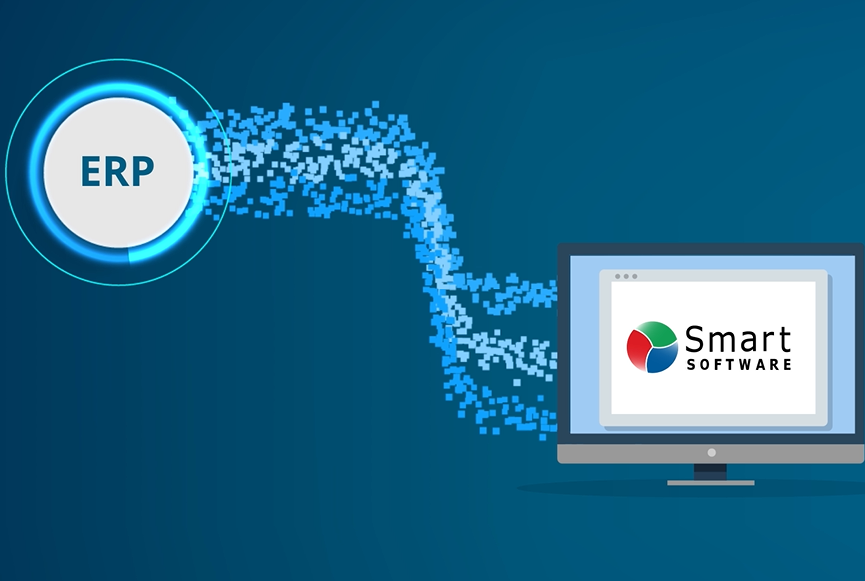1. Built-in ERP functionality is baked into Order Management.
Consider what is meant by “demand management”, “demand planning”, and “forecasting”. These terms imply certain standard functionality for collaboration, statistical analysis, and reporting to support a professional demand planning process. However, in most ERP systems, “demand management” consists of executing MRP and reconciling demand and supply for the purpose of placing orders, i.e., “order management.” It has very little to do with demand planning which is discrete process focused on developing the best possible predictions of future demand by combining statistical analysis with business knowledge of events, promotions, and sales force intelligence. Most ERP systems offer little statistical capability and, when offered, the user is left with a choice of a few statistical methods that they either have to apply manually from a drop-down list or program themselves. It’s baked into the order management process enabling the user to possibly how the forecast might impact inventory. However, there isn’t any ability to manage the forecast, improve the quality of the forecast, apply and track management overrides, collaborate, measure forecast accuracy, and track “forecast value add.”
2. ERP planning methods are often based on simplistic rules of thumb.
ERP systems will always offer min, max, safety stock, reorder point, reorder quantity, and forecasts to drive replenishment decisions. But what about the underlying methods used to calculate these important drivers? In nearly every case, the methods provided are nothing more than rule-of-thumb approaches that don’t account for demand or supplier variability. Some do offer “service level targeting” but mistakenly rely on the assumption of a Normal distribution (“bell-shaped curve”) which means the required safety stocks and reorder points recommended by the system to achieve the service level target are going to be flat out wrong if your data doesn’t fit the ideal theoretical model, which is often gravely unrealistic. Such over-simplified calculations tend to do more harm than good.
3. You’ll probably still use spreadsheets for at least 2 years after purchase.
Most often, if you were to implement a new ERP solution, your old data would be stranded. So, any native ERP functionality for forecasting, setting stocking policy such as Min/Max, etc., cannot be used, and you will be forced to revert back to cumbersome and error-prone spreadsheets for at least two years (one year to implement at earliest and another year to collect at least 12 months of history). Hardly a digital transformation. Using a best-of-breed solution avoids this problem. You can load data from your legacy ERP system and not disrupt your ERP deployment. This means that on Day 1 of ERP go-live you can populate your new ERP system with better inputs for demand forecasts, safety stocks, reorder points, and Min/Max settings.
4. ERP isn’t designed to do everything
The “Do everything in ERP/One-Vendor” mindset was a marketing message promoted by ERP firms, particularly SAP, to get you, the customer, to spend 100% of your IT budget with them. That marketing message has been parroted back to users by analyst groups, IT firms, and systems integrators, drowning out rational voices who asked “Why do you want to be so dependent on one firm to the point of using inferior forecasting and inventory planning technology?” The sheer number of IT failures and huge implementation costs have caused many companies to rethink their approach to ERP. With the advent of specialized planning apps born in the cloud with no IT footprint, the way to go is a “thin” ERP focused on the fundamentals – accounting, order management, financials – but supported by specialized planning apps.
The expertise of ERP consultant’s lies in how their system is designed to automate certain business processes and how the system can be configured or customized. Their consultants are not specialists in on proper approaches to planning stock, forecasting, and inventory planning. So if you are trying to understand what demand planning approach is right for your business, how should you buffer properly, (e.g., “Should we do Min/Max or forecast-based replenishment?” “Should we use forecasting method X?”), you generally aren’t going to find it and if you do that resource will be spread quite thin.
Related Posts

Managing Spare Parts Inventory: Best Practices
In this blog, we’ll explore several effective strategies for managing spare parts inventory, emphasizing the importance of optimizing stock levels, maintaining service levels, and using smart tools to aid in decision-making. Managing spare parts inventory is a critical component for businesses that depend on equipment uptime and service reliability. Unlike regular inventory items, spare parts often have unpredictable demand patterns, making them more challenging to manage effectively. An efficient spare parts inventory management system helps prevent stockouts that can lead to operational downtime and costly delays while also avoiding overstocking that unnecessarily ties up capital and increases holding costs.

12 Causes of Overstocking and Practical Solutions
Managing inventory effectively is critical for maintaining a healthy balance sheet and ensuring that resources are optimally allocated. Here is an in-depth exploration of the main causes of overstocking, their implications, and possible solutions.

FAQ: Mastering Smart IP&O for Better Inventory Management.
Effective supply chain and inventory management are essential for achieving operational efficiency and customer satisfaction. This blog provides clear and concise answers to some basic and other common questions from our Smart IP&O customers, offering practical insights to overcome typical challenges and enhance your inventory management practices. Focusing on these key areas, we help you transform complex inventory issues into strategic, manageable actions that reduce costs and improve overall performance with Smart IP&O.











